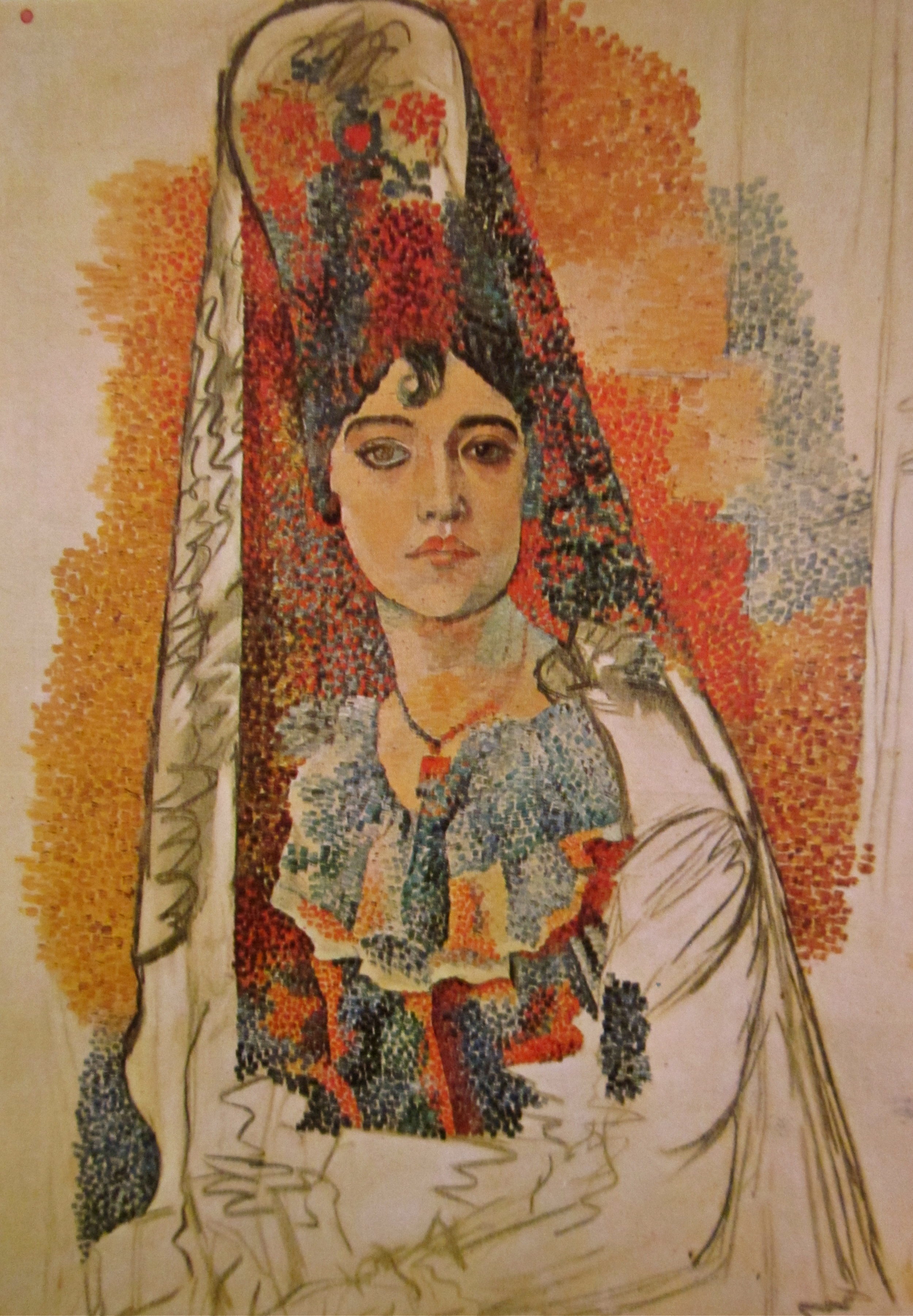In 1501, Michelangelo (yes, the same guy who painted the famous Sistine Chapel located in the Vatican in Rome) accepted a commission to carve a marble sculpture of the biblical David to be placed high atop a buttress on the Florentine Cathedral.
Read MoreArmless Propaganda: The Story of the Venus de Milo
The Venus de Milo is one of the most famous statues in the world, but like most famous art, one has to wonder what makes this piece more important than any of the other statues collecting dust in the galleries and storerooms of museums.
Well, first off, you can’t argue with the fact that she is beautiful.
Artists and critics have long praised the work as being the epitome of graceful female beauty, so much so that her image used to be on the seal of the American Society of Plastic Surgeons.
On the other hand, though, there are many beautiful statues — and many that still have arms.
Venus de Milo (Aphrodite of Melos), circa 150 BCE
Did she ever have arms?
No, Venus was not created without her upper limbs. She did originally have arms but was found with them already broken off. The buzz created by scholars over the mystery of the placement of her arms and what she may have once held has aided in her popularity. Only adding to the mystery is the fact that fragments found with the statue when it was dug up on the Island of Melos in 1820 have been lost.
The fragments, if reconstructed, would have been from the right arm of the statue and would have shown her holding an apple. Because the fragments were made of stone that was rougher than the rest of the statue, it was concluded that they were from an earlier restoration and so were set aside without being documented properly. They have now disappeared.
Scholars have recently speculated that the fragments were the originals and were carved differently because they would have been above the viewer's line of sight and so did not require a smooth surface (a common sculpting practice at the time of her creation). Without the fragments themselves, however, this can not be proven.
Who sculpted her?
Adding to her beauty, and the mystery behind her arms, is the fact that is is still not known who actually created the statue and for what purpose. Though it has been speculated that the artist may have been Alexandros of Antioch and she once sat in a high niche in the wall of an ancient city, none of this has been confirmed.
Though all of these facts are interesting, they do not add up to the kind of information that would attract the attention of the rest of the world.
Why is this Venus SO popular?
The main reason that this marble Venus is so recognizable is because of good ‘ol fashioned propaganda.
In 1815, France was forced to return the Medici Venus, which had been stolen by Napoleon Bonaparte, back to the Italians. It was (and still is) regarded as one of the finest classical sculptures in existence and to a country considered to be the art hub of Europe at the time, this was a HUGE blow to the ego.
When the Venus de Milo arrived at the Louvre so soon after the loss of the Medici Venus, French Officials immediately began promoting it as a greater treasure than what they had lost and voila, we now revere and recognize her as one of the most stunning and mysterious statues of the Hellenistic period.
Related Post
My Favourite Parisian Art Gallery: Exploring The Musee De L'Orangerie in Paris
Tips For Visiting The Louvre: How To Avoid The Crowds And Make The Most of Your Visit
The Palace of Versailles: The Home of The World's Most Notorious Playboy
What's So Special About The Mona Lisa? The Real Story Behind Da Vinci's Famous Painting






